I have a simple view that is using a class to generate a link for the user to share.
This link is generated asynchronously so is run by using the .task modifier.
class SomeClass : ObservableObject {
func getLinkURL() async -> URL {
try? await Task.sleep(for: .seconds(1))
return URL(string:"https://www.apple.com")!
}
}
struct ContentView: View {
@State var showSheet = false
@State var link : URL?
@StateObject var someClass = SomeClass()
var body: some View {
VStack {
Button ("Show Sheet") {
showSheet.toggle()
}
}
.padding()
.sheet(isPresented: $showSheet) {
if let link = link {
ShareLink(item: link)
} else {
HStack {
ProgressView()
Text("Generating Link")
}
}
}.task {
let link = await someClass.getLinkURL()
print ("I got the link",link)
await MainActor.run {
self.link = link
}
}
}
}
I've simplified my actual code to this example which still displays the same behavior. The task is properly executed when the view appears, and I see the debug print for the link. But when pressing the button to present the sheet the link is nil.
The workaround I found for this is to move the .task modifier to be inside the sheet, but that doesn't make sense to me nor do I understand why that works.
Is this a bug, or am I missing something?
